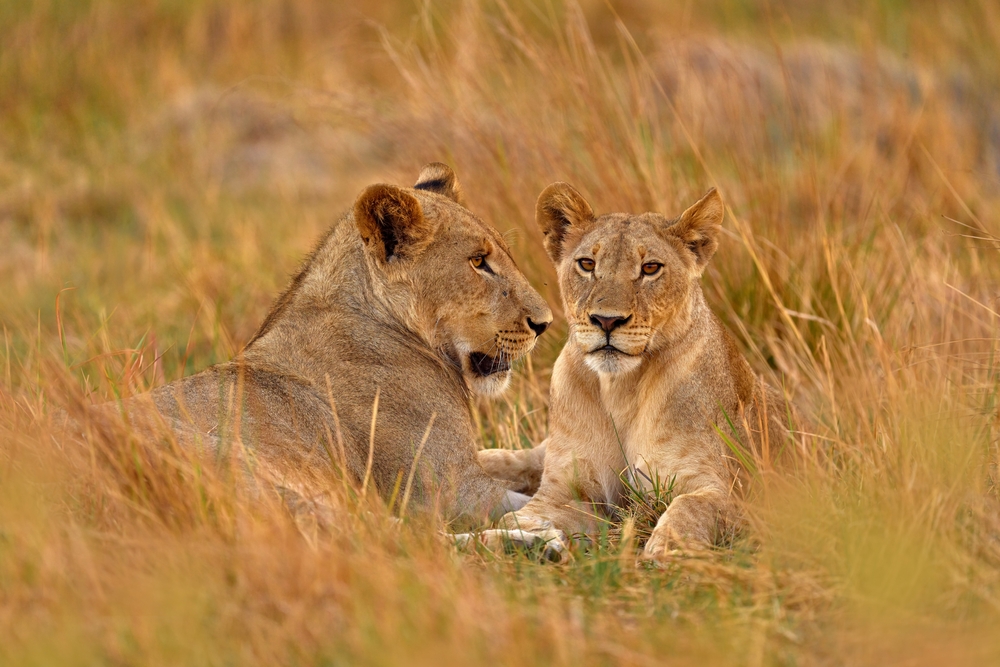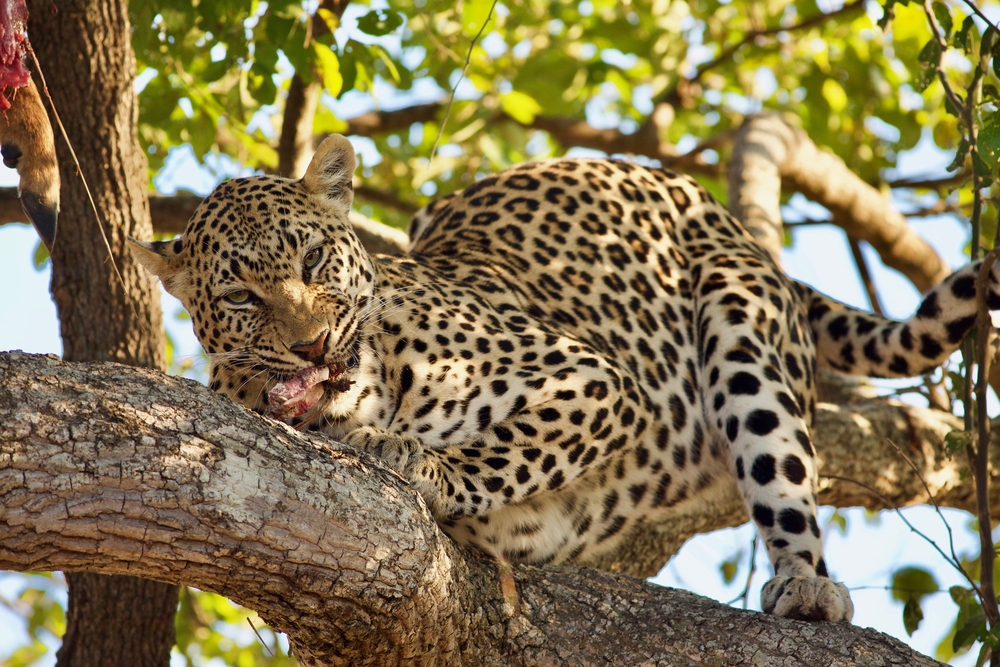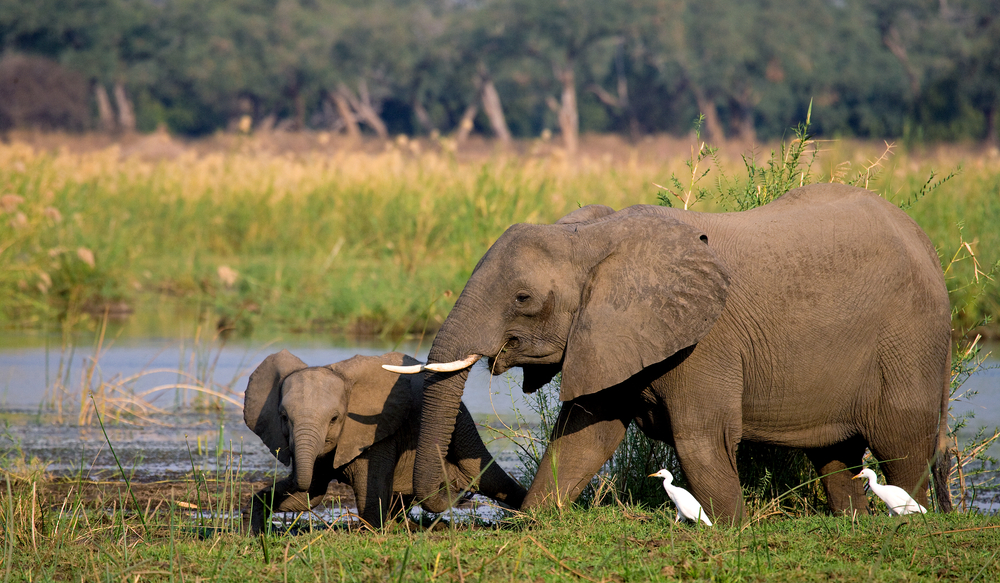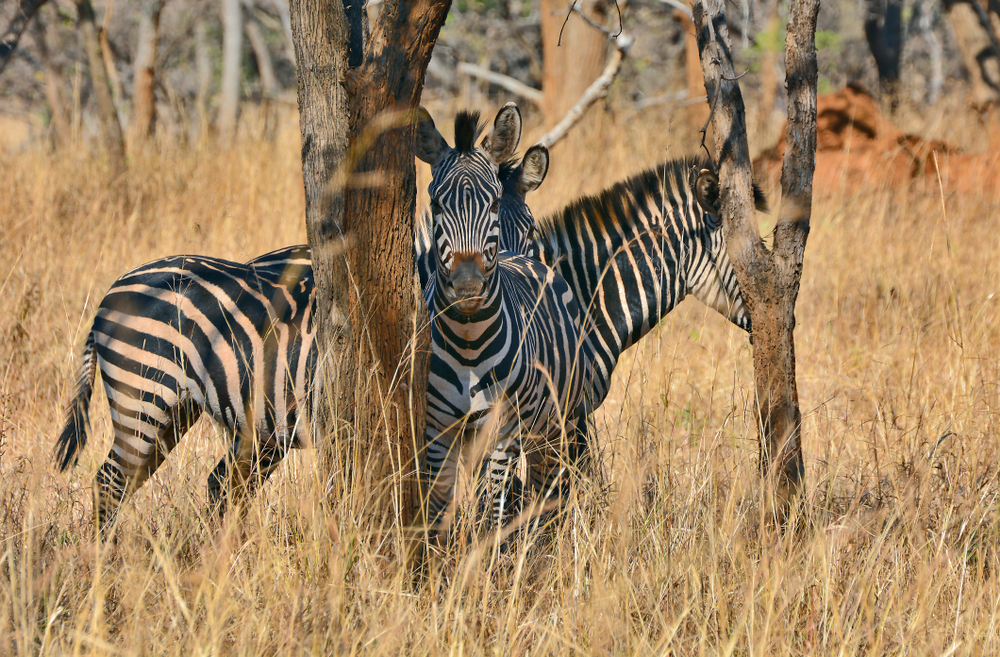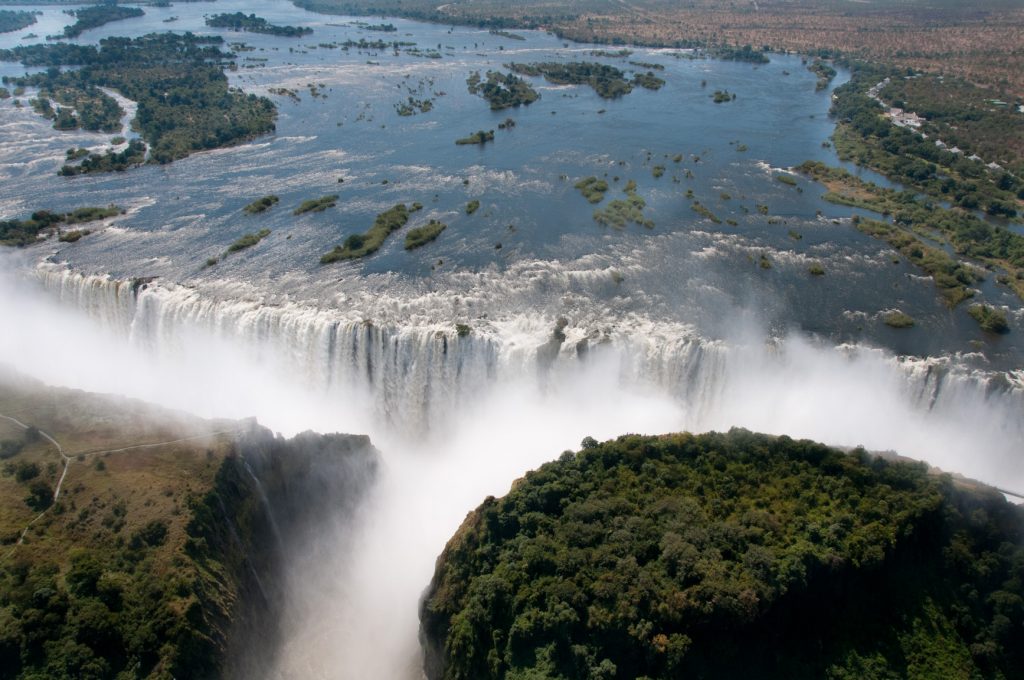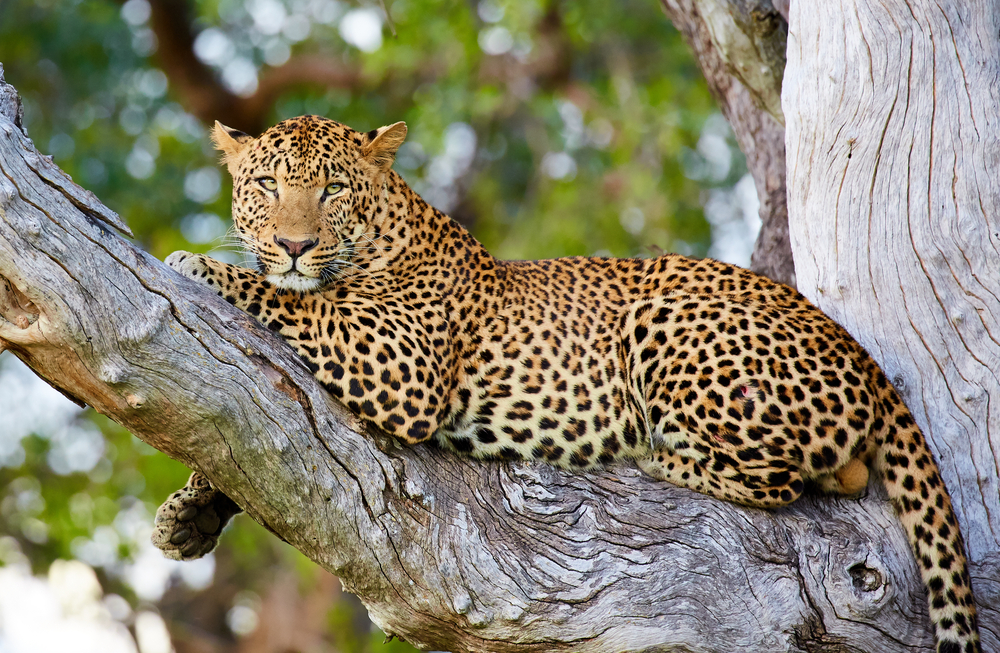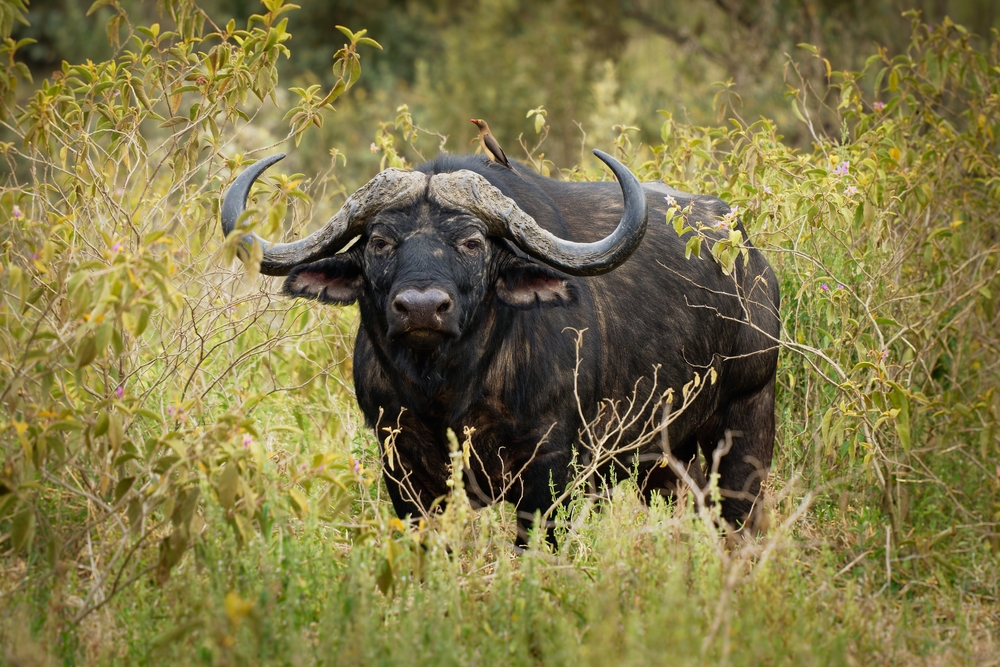Sioma Ngwezi Overview
Sioma Ngwezi National Park, known locally as Paki ya Sioma Ngwezi, is a vast and remote wilderness located in the southwestern corner of Zambia. Covering approximately 5,276 square kilometers (2,037 square miles), it is the third-largest national park in the country and forms an integral part of the Kavango-Zambezi Transfrontier Conservation Area (KAZA), one of the largest conservation initiatives in the world. Sioma Ngwezi is bordered by Angola to the west and Namibia to the south, making it a crucial wildlife corridor in the region.
The park is characterized by a mix of open plains, miombo woodlands, and seasonal wetlands. While it lacks towering mountains or waterfalls, the Sioma River runs through the park, creating riparian zones that provide vital habitats for wildlife. Nearby, the thundering Ngonye Falls on the Zambezi River, just outside the park’s borders, offer visitors a dramatic natural spectacle that complements the park’s serene landscapes.
Sioma Ngwezi is known for its rich biodiversity, particularly its significant populations of large mammals. The park is home to elephants, lions, leopards, and buffalo, as well as plains game such as zebras, wildebeest, and sable antelope. The rare roan antelope and African wild dogs can also be spotted, making it a unique destination for wildlife enthusiasts. Birdlife is prolific, with over 300 species recorded, including the martial eagle, southern ground hornbill, and African skimmer, attracting birdwatchers from around the world.
Historically, Sioma Ngwezi faced challenges from poaching and habitat loss, leading to a decline in wildlife populations. However, significant conservation efforts are being implemented to restore the park’s ecosystems and protect its wildlife. The park plays a vital role in the KAZA initiative, facilitating wildlife movement across international borders and ensuring the survival of species dependent on these migratory routes. Anti-poaching patrols, community-based conservation projects, and habitat restoration are central to the park’s ongoing efforts.
Sioma Ngwezi National Park offers visitors a truly off-the-beaten-path experience. Game drives and guided walking safaris allow guests to explore the park’s rugged beauty and encounter its wildlife. The lack of heavy tourism infrastructure enhances its appeal for those seeking solitude and an authentic connection to nature. While accommodation options are limited, adventurous travelers can camp under the stars in designated areas, immersing themselves in the park’s untouched wilderness.
In summary, Sioma Ngwezi National Park is a hidden gem in Zambia’s protected area network. Its role as a vital wildlife corridor, combined with its serene landscapes and conservation significance, makes it an essential destination for eco-tourists and nature lovers. Visitors to this remote sanctuary will discover a unique and tranquil escape, far removed from the more commercialized safari destinations.








































































